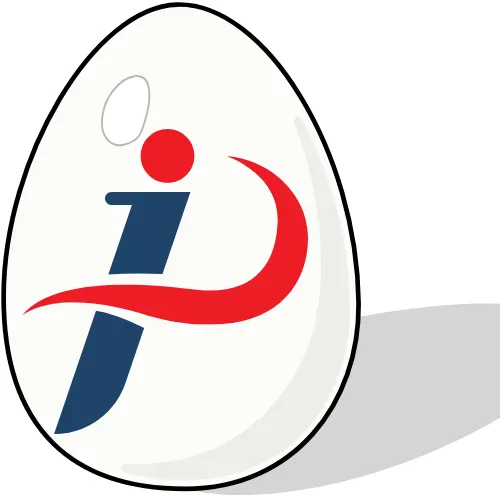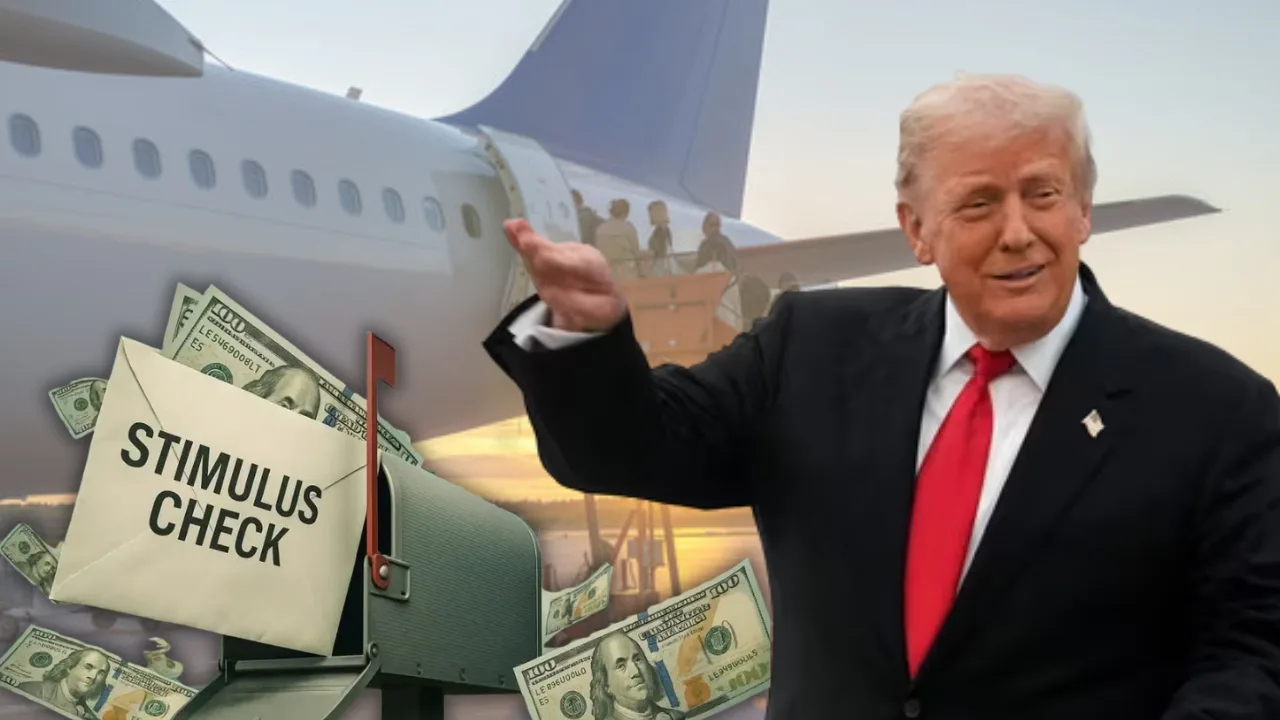The federal government is preparing to roll out one of its largest direct-cash programs in decades — a $2,000 “tariff rebate” for millions of American households. President Donald Trump’s administration has confirmed that the plan aims to distribute a portion of U.S. tariff revenues directly to citizens, with mid-2026 projected as the start of payments.
Dubbed the “Tariff Dividend,” this initiative seeks to help low- and middle-income families offset rising living costs while returning money collected from import tariffs on China, Mexico, and the European Union. While the proposal remains in legislative review, economists estimate that roughly 60% of U.S. households could receive the payment.
“This is about fairness—American families paid the price for unfair trade, and they deserve their share of the tariff dividends,” Trump said in remarks from Washington.
$2,000 Tariff Rebate Checks Coming in 2026
The Tariff Dividend is a direct-cash rebate funded by tariff revenues collected on imported goods. Instead of routing these funds entirely into federal accounts, the program would return a portion directly to eligible taxpayers.
| Program Feature | Details |
|---|---|
| Payment Amount | $2,000 (per adult or household, depending on final legislation) |
| Funding Source | U.S. tariff revenues on imports |
| Target Group | Low- and middle-income families |
| Expected Start Date | Mid-2026 |
| Distribution Agency | U.S. Department of the Treasury / IRS |
| Status | Pending congressional approval |
“It’s effectively a rebate program — Americans get back part of what tariffs generate,” explained Scott Bessent, Treasury Secretary.
Who Qualifies for the $2,000 Tariff Rebate?
The eligibility framework is still being finalized, but early drafts suggest payments will target moderate-income households using data from IRS tax filings.
Expected Qualification Criteria:
- Income Threshold:
- Individual income below $75,000–$100,000
- Joint household income below $150,000–$200,000
- Residency: Must be a U.S. citizen or permanent resident.
- Tax Filing Status: Must have filed federal taxes within the previous two years.
- Exclusions:
- High-income earners above the thresholds
- Non-residents and corporations
| Income Group | Eligibility | Estimated Coverage |
|---|---|---|
| Low-income (under $50K) | Eligible | 100% |
| Middle-income ($50K–$100K) | Eligible | 90% |
| Upper-middle ($100K–$150K) | Likely excluded | — |
| High-income (above $150K) | Excluded | — |
Treasury officials project 78 million households could qualify, representing about 60% of the U.S. population.
When Will the $2,000 Checks Arrive?
The payments will not be immediate. The timeline depends on congressional approval and system setup.
Projected Timeline:
| Milestone | Expected Date |
|---|---|
| Bill passage through Congress | Late 2025 |
| Treasury system setup & verification | Early 2026 |
| First wave of payments | April–July 2026 |
| Full national rollout | By fall 2026 |
If legislation passes by late 2025, the IRS could begin issuing direct deposits 8–12 weeks later.
“We want checks out quickly, but we also want accuracy and fairness,” a Treasury spokesperson stated.
How Will the Payments Be Distributed?
Payments will likely mirror the COVID-era stimulus model, relying on IRS tax records for distribution.
Distribution Methods:
- Direct Deposit: For those with bank info on file with the IRS.
- Paper Checks: For individuals without direct-deposit setup.
- Prepaid Debit Cards: Potential option for non-filers or unbanked households.
If approved, households will not need to apply manually unless they haven’t filed recent tax returns. The IRS may reopen non-filer registration portals to capture missing data.
Who Will Get the Checks First?
Priority will go to low- and middle-income households, especially those with verified direct-deposit information.
- Low-income families (under $50,000 income)
- Middle-income households (up to $100,000)
- Other qualifying taxpayers in later waves
High-income earners are expected to receive no payment, in keeping with the administration’s emphasis on fairness and budget discipline.
Cost and Economic Impact
Disbursing $2,000 per eligible adult could cost between $200 billion and $450 billion, depending on whether the rebate is per person or per household.
| Scenario | Estimated Cost |
|---|---|
| Per Household Payment | ~$200 billion |
| Per Adult Payment | ~$450 billion |
| Universal Payment (All Adults) | ~$600 billion |
Economists are divided over the potential effects:
- Supporters argue the checks will stimulate spending and help families cope with inflation.
- Critics warn it could raise inflation by 0.3–0.5 percentage points if the payments flood the economy quickly.
“It’s a short-term boost that risks long-term inflation,” cautioned Dr. Raymond Cole, Senior Fellow at the American Enterprise Institute.
Funding Source: Tariffs and Trade
The Tariff Rebate relies on revenue from import tariffs, primarily targeting China, Mexico, and the European Union.
- FY2025 Tariff Collections: $195 billion (U.S. Customs data through September)
- Expected FY2026 Increase: Due to new tariff hikes announced on steel, autos, and electronics
However, legal challenges loom. Several new tariff measures face court scrutiny under the International Emergency Economic Powers Act (IEEPA). If struck down, available revenue could fall short—forcing the government to use deficit financing to fund the checks.
Congressional Status and Debate
The House Ways and Means Committee is still finalizing legislative text. Lawmakers expect to introduce the official bill before December 2025.
Republicans have largely supported the initiative as part of Trump’s “America First Prosperity Plan,” while Democrats have questioned its cost and inflation risks.
“This is direct economic patriotism,” said House Speaker Mike Johnson (R-LA). “We’re giving money back to Americans, not foreign corporations.”
Meanwhile, Sen. Chris Van Hollen (D-MD) argued, “This is another election-year giveaway that risks inflating the deficit.”
What Americans Should Do Now?
- File your 2025 tax return on time — eligibility will rely on IRS records.
- Update your banking information with the IRS for fast direct deposits.
- Monitor official Treasury and IRS websites for updates in early 2026.
- Avoid scams — no one will contact you by phone or email asking for personal details to “claim” your check.
“If you’ve filed taxes and meet the income limits, you’ll be automatically eligible,” said Treasury Secretary Bessent.
Why it Matters?
The proposed $2,000 tariff rebate checks represent a major shift in how trade policy impacts American households. For working-class and middle-income families, the dividend could serve as both inflation relief and a symbol of shared prosperity from the government’s tariff policies.
However, the plan’s success depends on Congressional approval, tariff revenue stability, and economic conditions in 2026. Whether it becomes a lasting model or a one-time boost, it underscores Washington’s renewed focus on direct financial aid for U.S. households.
Frequently Asked Questions
Who will qualify for the $2,000 tariff rebate?
Low- and middle-income Americans earning under about $100,000 per year, based on IRS tax filings.
When will the payments start?
Likely between April and July 2026, depending on when Congress passes the final legislation.
How will I receive the money?
Through direct deposit, paper check, or prepaid card, similar to previous stimulus programs.
Will high-income households get checks?
No. Those earning above roughly $100,000 (single) or $200,000 (joint) are expected to be excluded.
Will this be a one-time payment?
Yes, though future payments could be considered if tariff revenues remain high.

